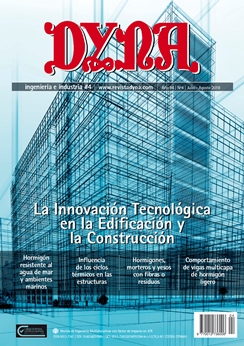STUDY OF THE THERMAL COMFORT INDEXES OF A SCHOOL IN THE CLIMATIC ZONE OF VENEZUELAN ANDES
Keywords:
Escuela, Design Builder, Dinámica de Fluídos Computacionales, Confort térmico, School, Computational Fluid Dynamics, Thermal ComfortAbstract
At the present, the demand of a global society increasingly aware of the scarcity of natural resources has oriented its vision to stimulate the development of appropriate technologies to make more efficient the consumption of energy. This idea makes us ask ourselves certain concerns, based on the gaps that exist in the construction forms in Venezuela and the energy situation, as it is evident in the current scenario, the electricity crisis that the country suffers in addition to the lack of regulations for the design of educational building, that contemplate aspects that favor better comfort conditions and lower energy consumption. In this regard, the main objective of this research is the study of a school building, located in the Andean region of Venezuela, by analyzing the thermal comfort of the occupants in the building, in order to determine whether the design of a Constructive typology of schools in the country, help to ensure that the thermal comfort indexes of occupants are within acceptable ranges. The methodology applied for this analysis is based on the approximation of results through computer simulations, obtaining computational fluid dynamics (CFD) results. This results predict the movement of the fluids, being able to define temperatures and thermal comfort indexes (specifically those established by Povl Ole Fanger), for the critical days of the dry season (summer) and the rainy season (winter) in Venezuela. The results of the simulation show that there is greater thermal dissatisfaction during the rainy season in a large part of the spaces that make up the school and that, the application of small architectural strategies of improvement, in turn contribute to an improvement of the comfort conditions in 11% during the rainy season and 7% in relation to the condition of a totally closed environment during the dry season.Downloads
Published
2019-07-01
Issue
Section
ARTICULOS

